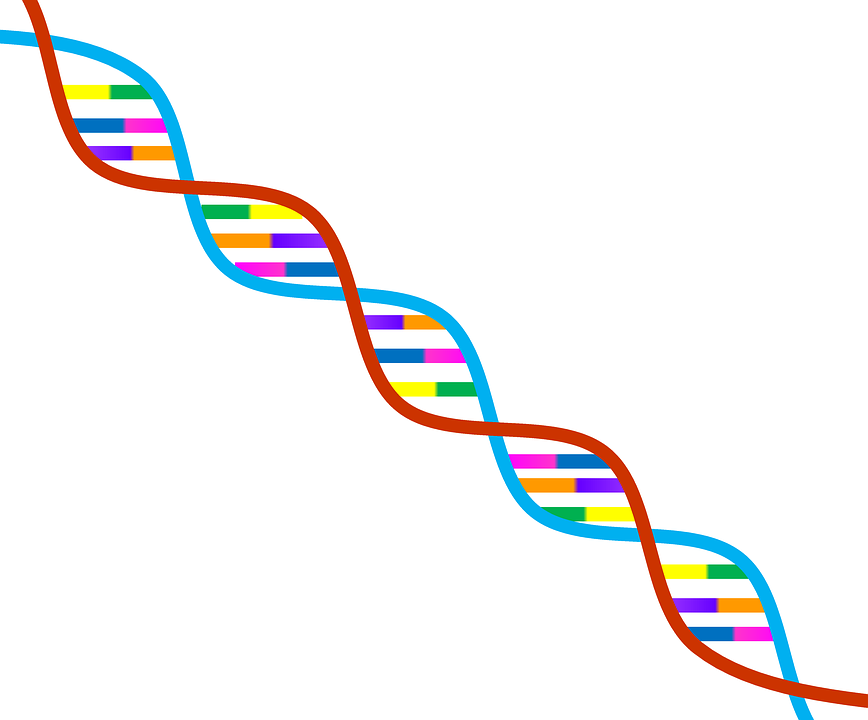For many years, since Aristotle and before, people have classified birds. Aristotle classified them by their habitats – marsh, grassland, forest, etc. For the longest time afterward, birds were classified by their external morphology – their legs, beaks, feathers, etc. Sometimes internal morphology was used, such as the length or convolutions of the digestive tract. Behavior was also used as a characteristic. Mostly, morphological differences worked pretty well for determining the relationship of bird species to one another, but DNA studies have elucidated these relationships and made a number of changes, some surprizing.

DNA hybridization is useful because it applies across the entire class of birds and is objective and measurable and not subject to interpretation. Double-stranded DNA consists of two strands with complimentary nucleotide sequences that can be separated by heating. If two single strands from single species are recombined, they reassociate at different strengths, depending on the number of matching base pairs. Again they are separated by heating. The more heat it takes to separate these hybrid pairs of DNA strands, the more base pairs were matched, and the more closely the species are related. As a general rule, for every 1 degree C temperature lower than the dissociation temperature of single-species DNA, there is a 1% difference between the nucleotide sequences. As a rule of thumb, different species of the same genus of birds show a dissociation temperature of 4 degrees lower – a 4% difference. Different genera of the same family about 11%, different families of the same order 11-20%, and birds of different orders about 25%.
This has been done on over 3000 species of birds to date. The Sibley–Ahlquist taxonomy is a bird taxonomy proposed by Charles Sibley and Jon E. Ahlquist. It is based on DNA–DNA hybridization studies conducted in the late 1970s and throughout the 1980s. See Taxonomy for Birders: A Beginner’s Guide.
A terrific review of DNA studies of birds can be had by reading DNA Analyses Have Revolutionized Studies on the Taxonomy and Evolution in Birds
Falcons are predators but new information finds these birds are more closely related to parrots than to hawks and other birds of prey. Flamingos, brightly colored waterbirds are most closely related to the grebe, a diving bird that looks like a duck. In fact, flamingos and grebes occupy a lonely branch on the family tree. And both of these birds are more closely related to pigeons than to any other waterbird. And storks are more related to vultures than the similar-looking herons and cranes.
Based on DNA, we have split species into two (the Plain Titmouse became the virtually identical Oak Titmouse and Juniper Titmouse) and have lumped two species into one: the Audubon’s Warbler and Myrtle Warbler became the Yellow-rumped Warbler) and the Yellow- and Red-shafted Flickers became the Northern Flicker.
DNA has also determined that several bird species such as Hooded Warblers and Eastern Bluebirds are rather promiscuous as one third of the eggs in a typical nest do not belong to the mate of the female tending the nest.
We can see evolutionary changes by studying bird populations over time – the reason museum collections exist. DNA studies give us much more detailed and accurate information over a shorter period of time.
One of the most active debates is the relationship of birds to dinosaurs, which ornithologists generally believe is close. Some say that birds are just modern dinosaurs. When we can reliably extract DNA from dinosaur fossils, we’ll have solved another great problem in the fascinating field of evolution.